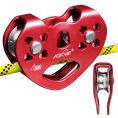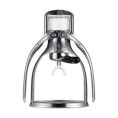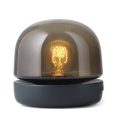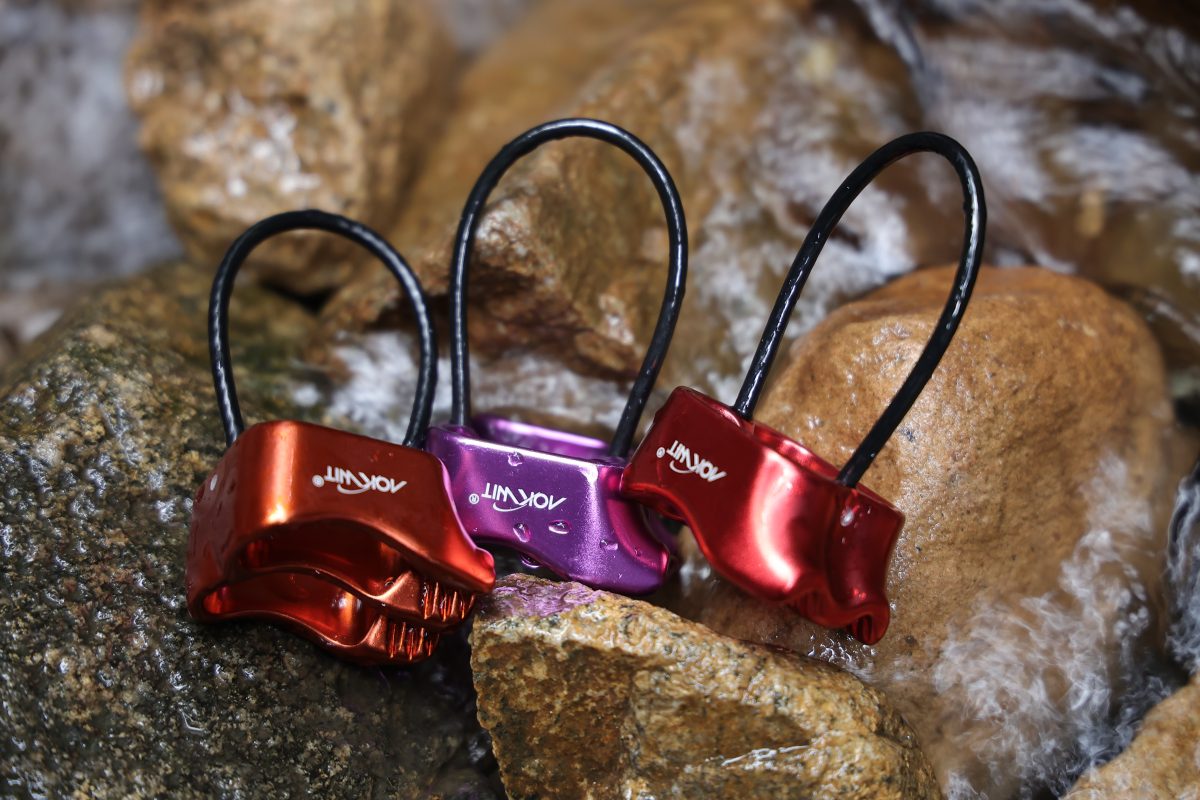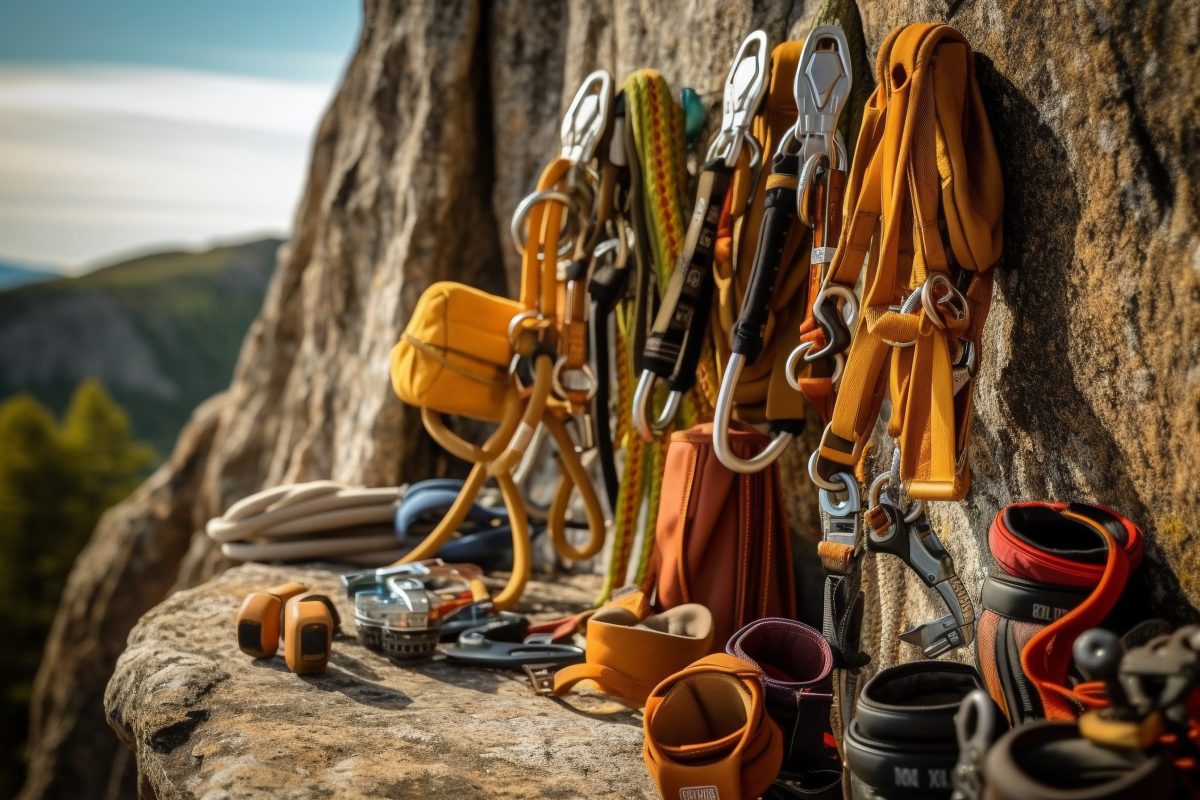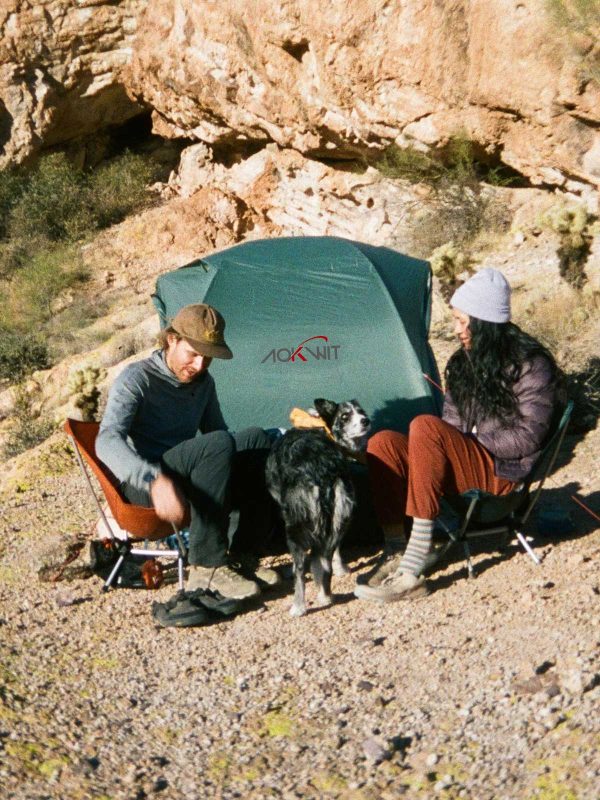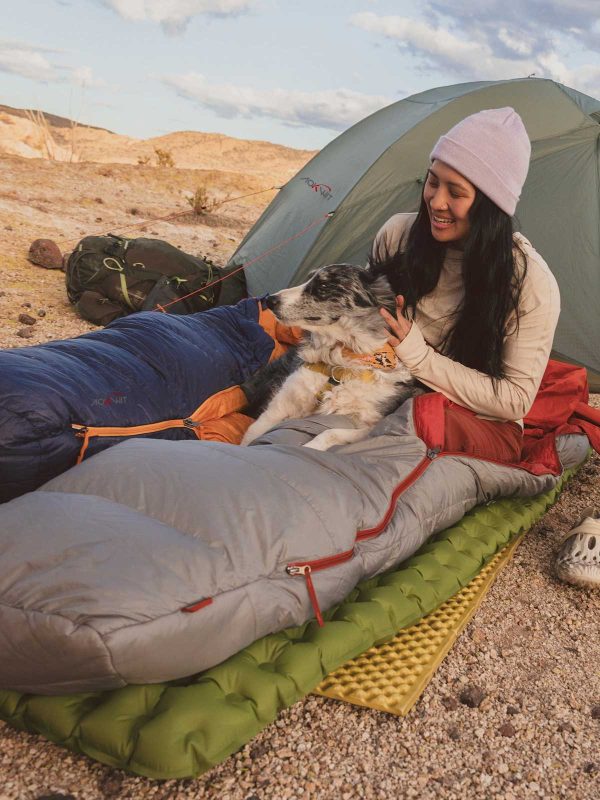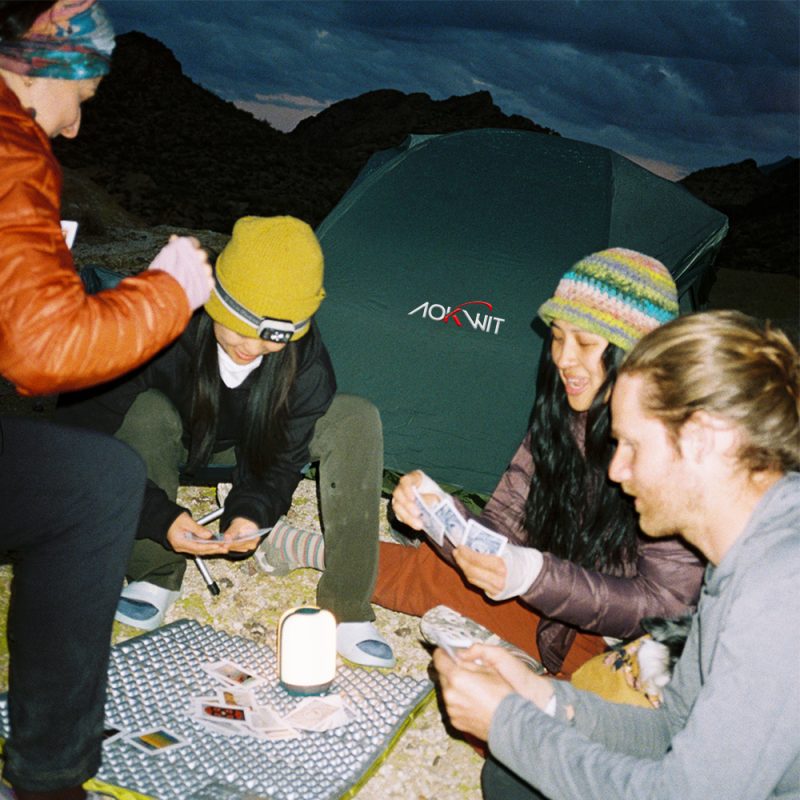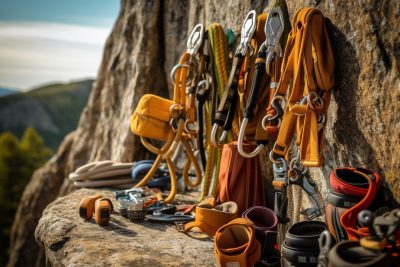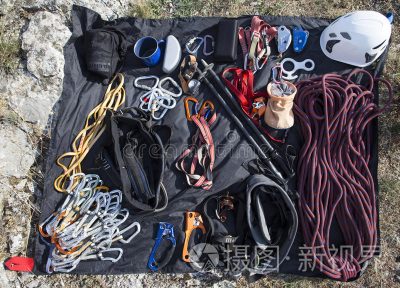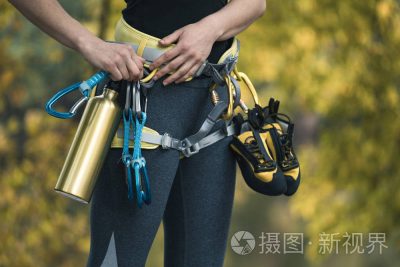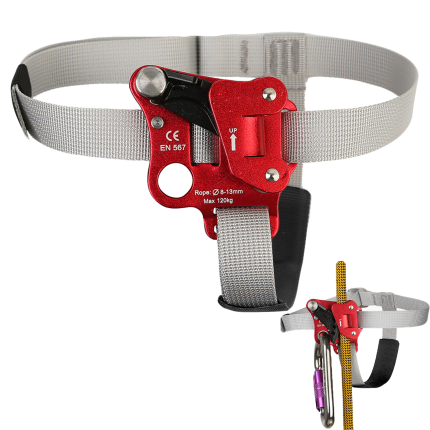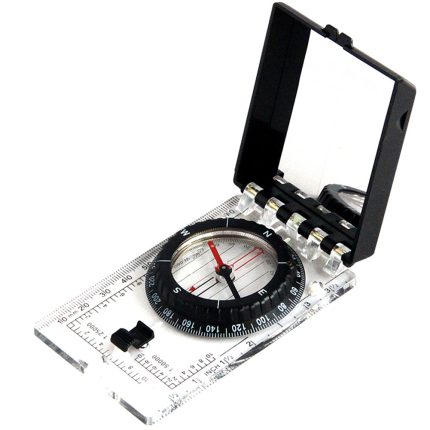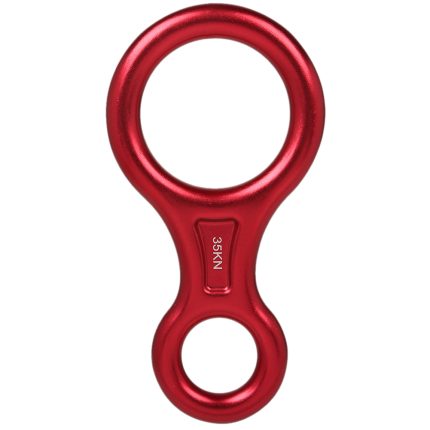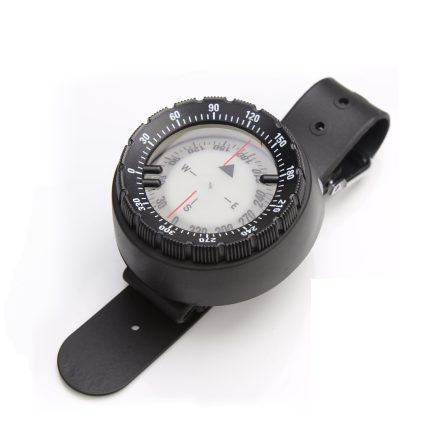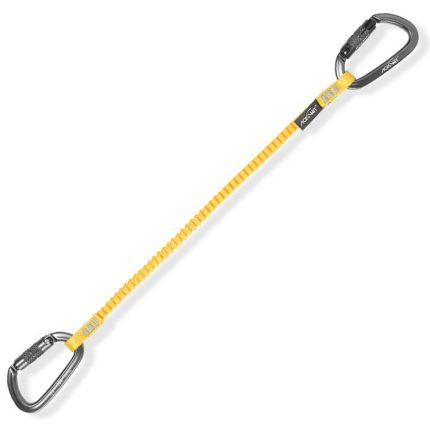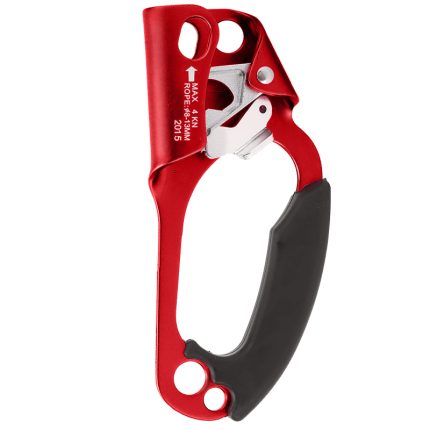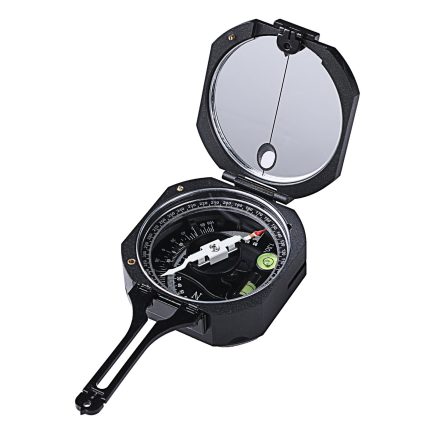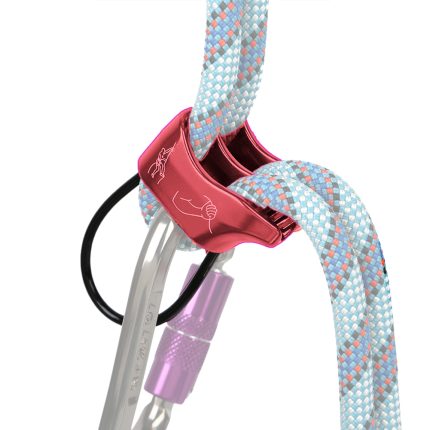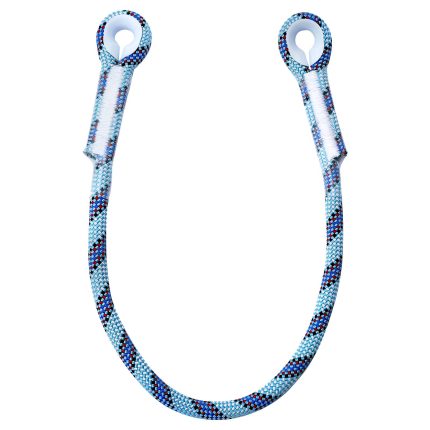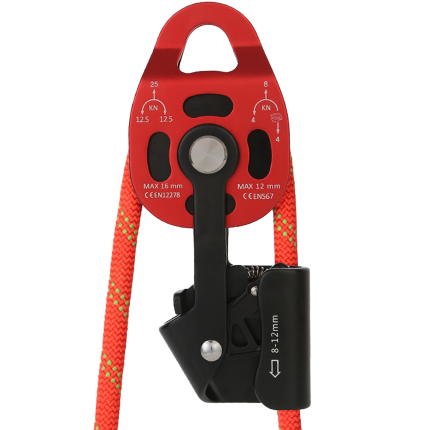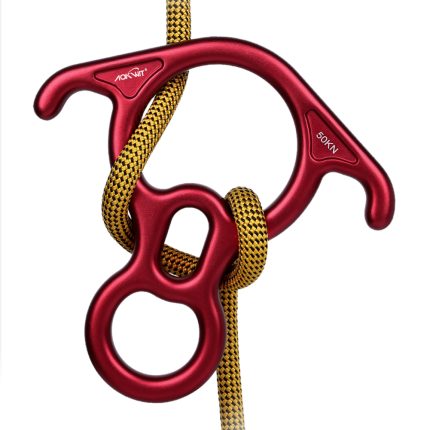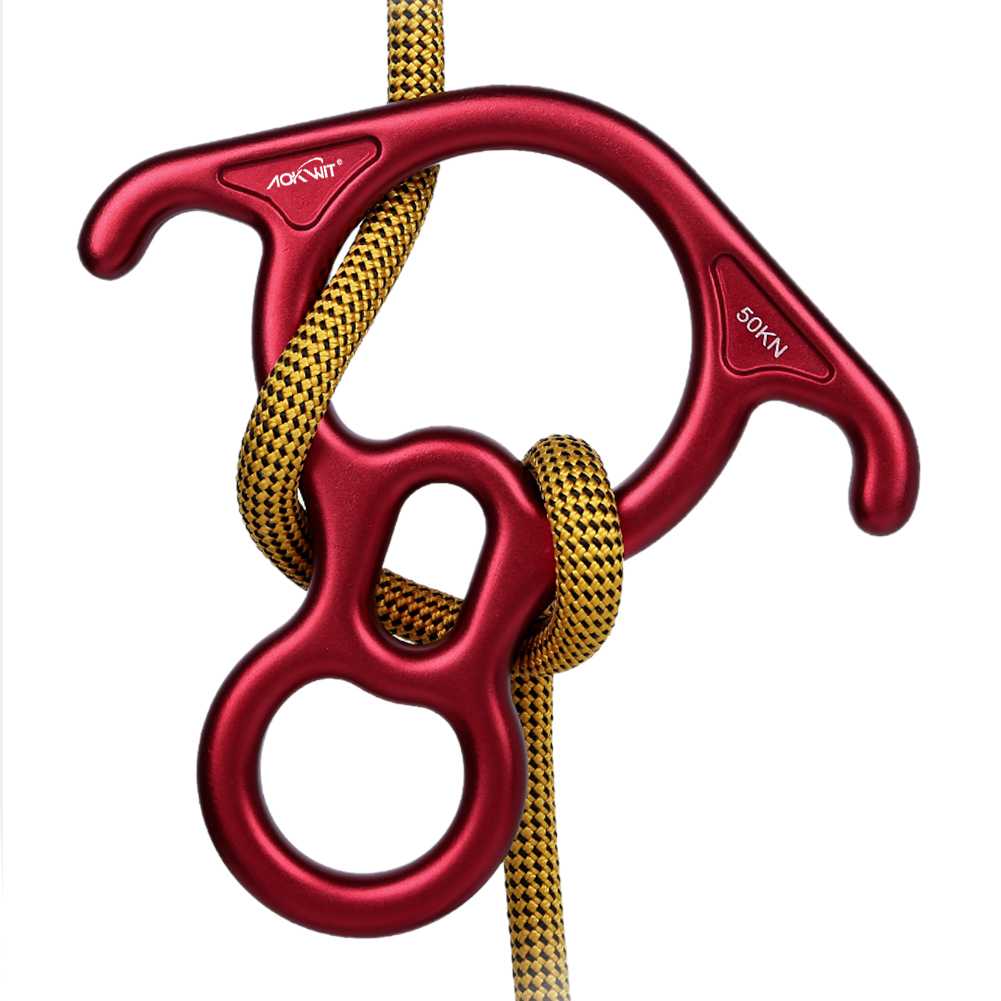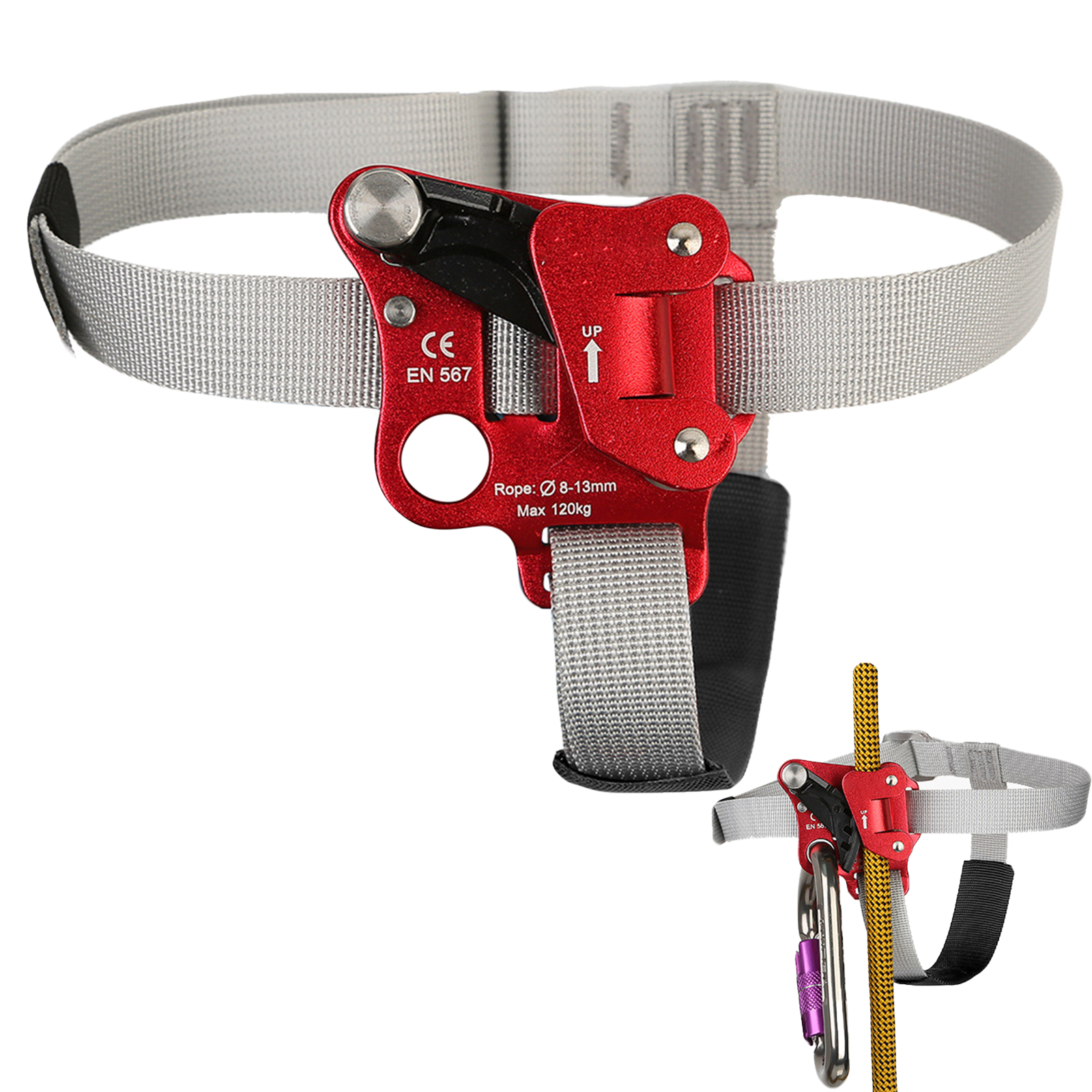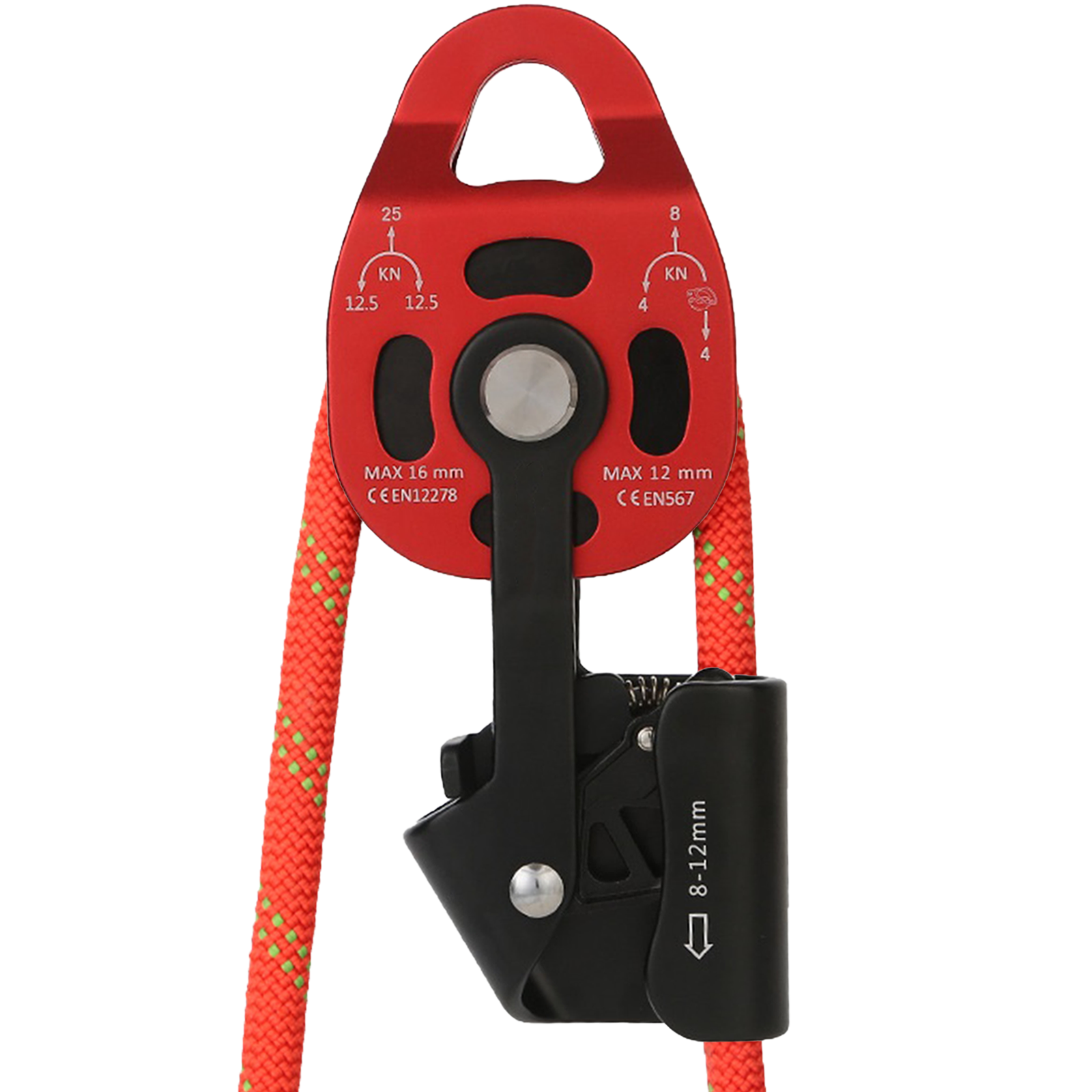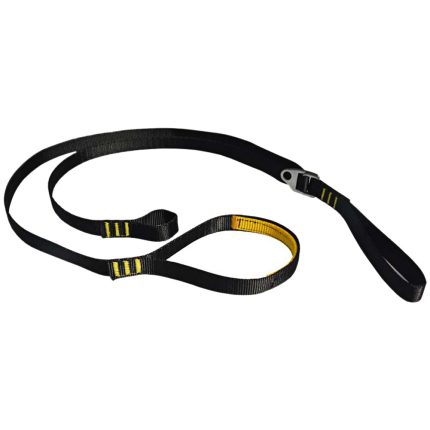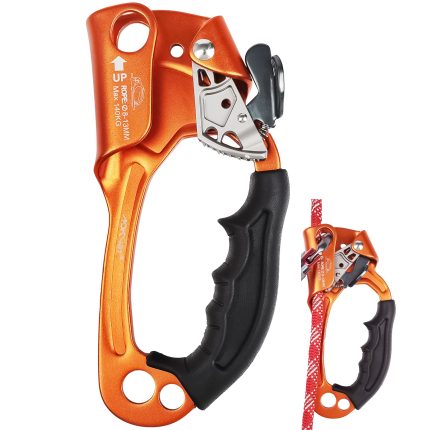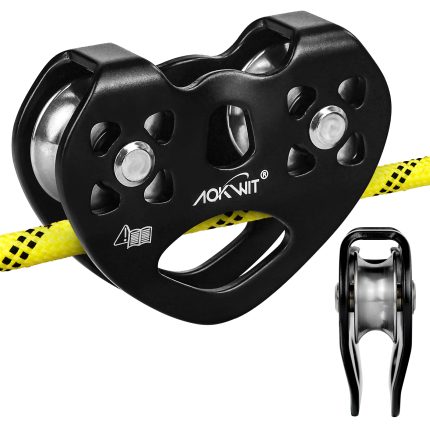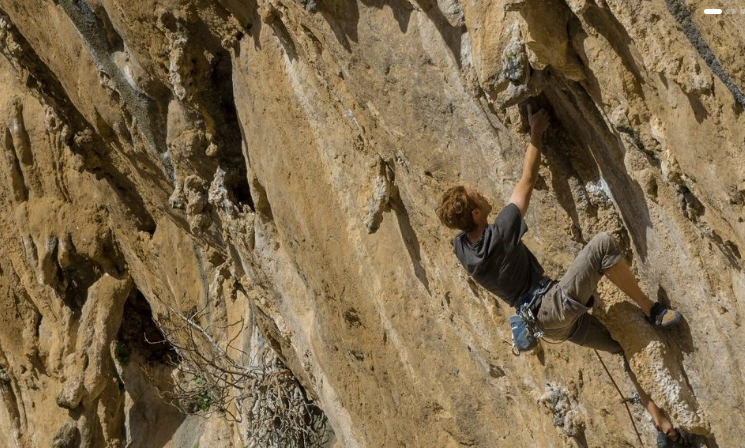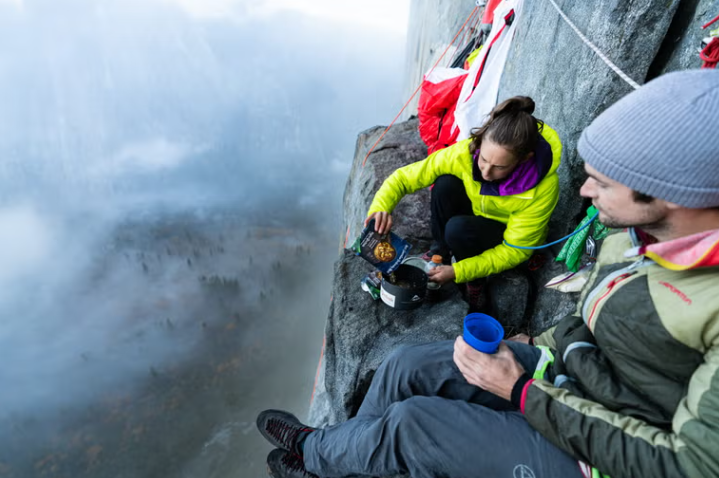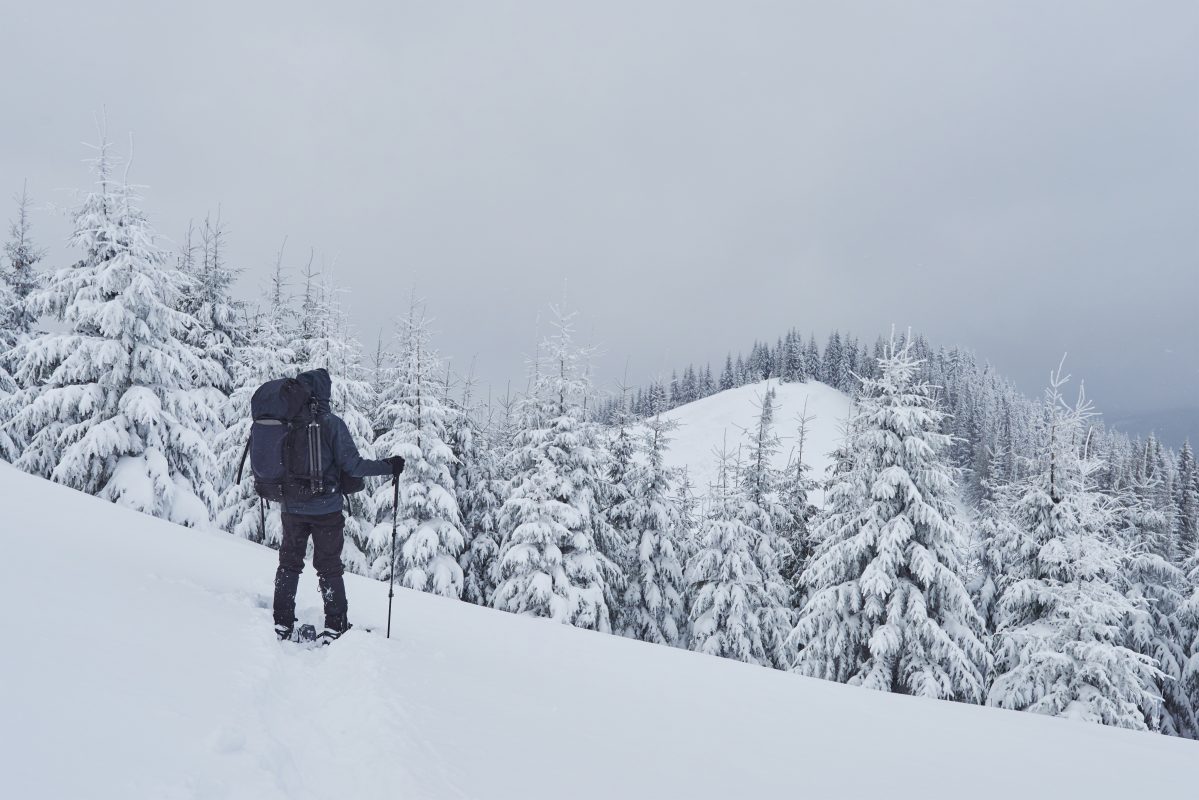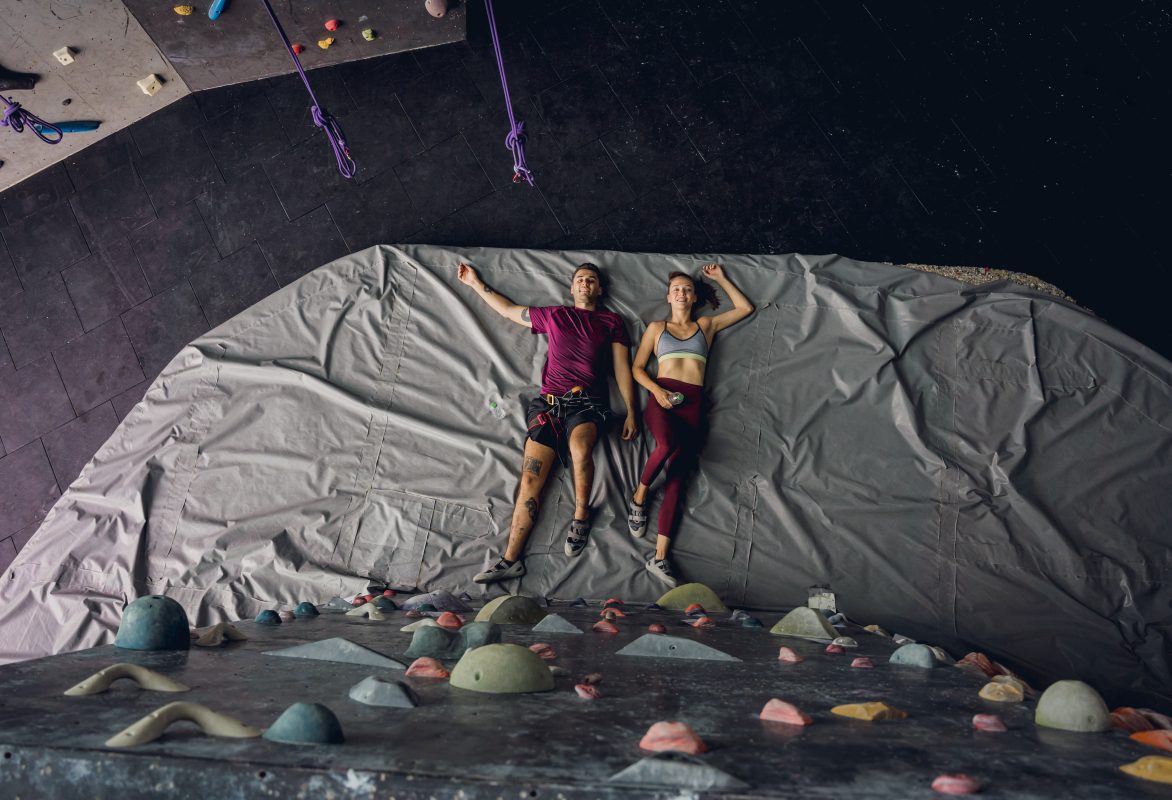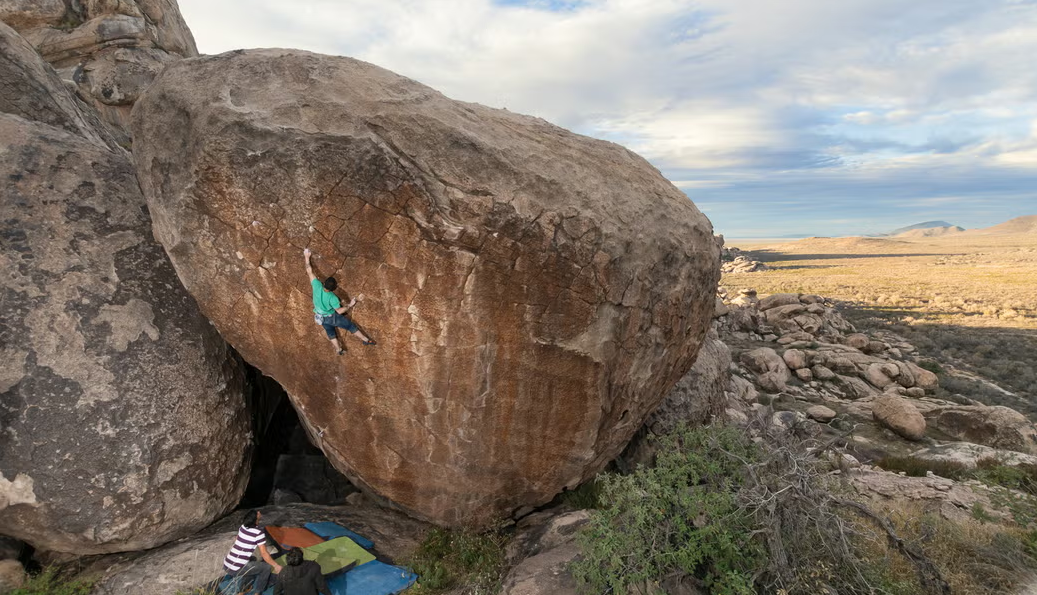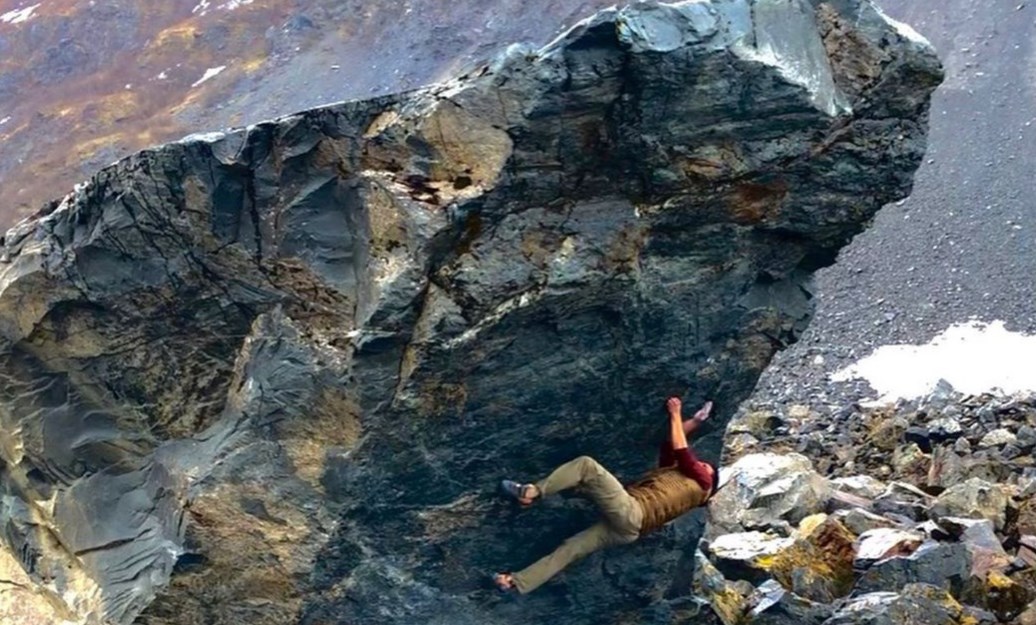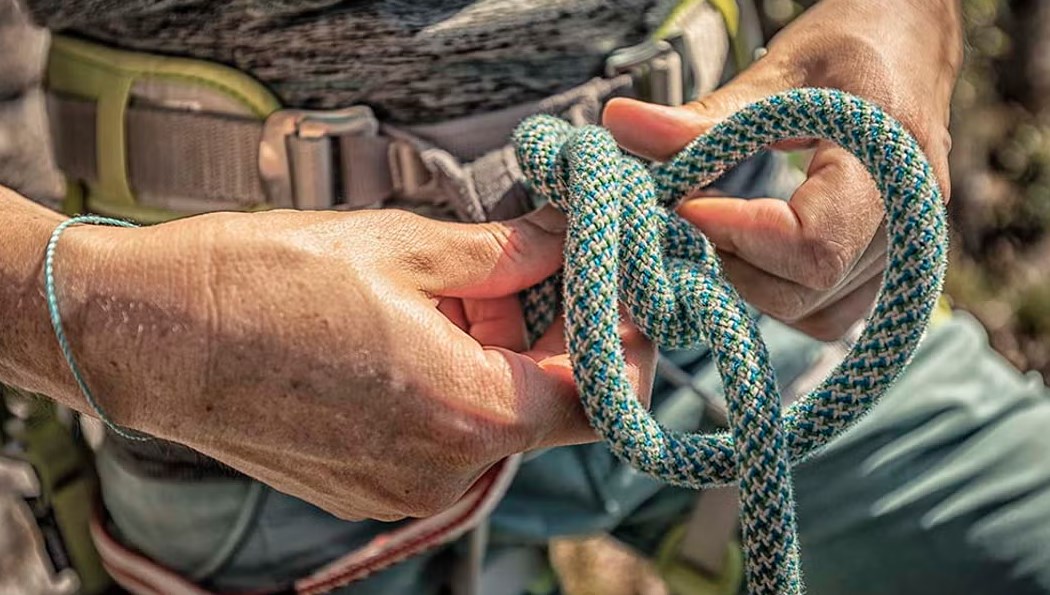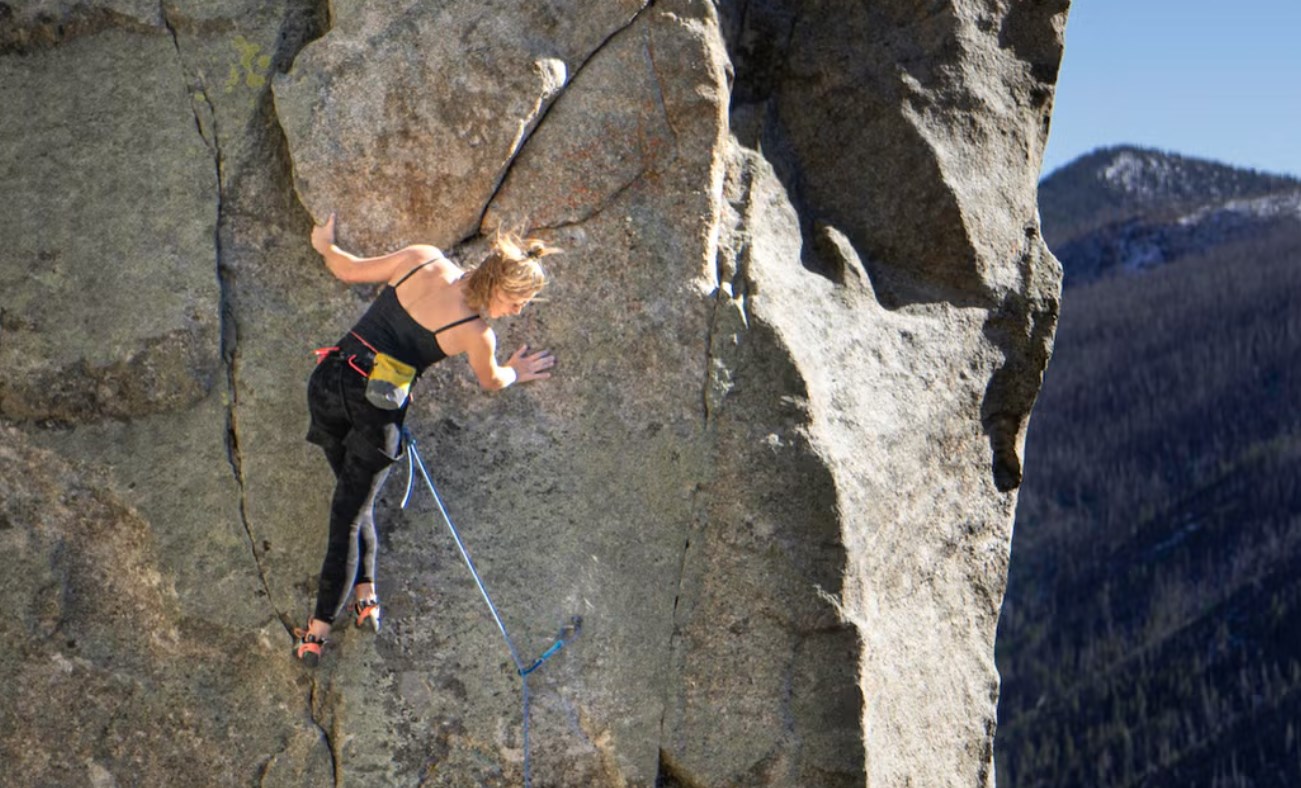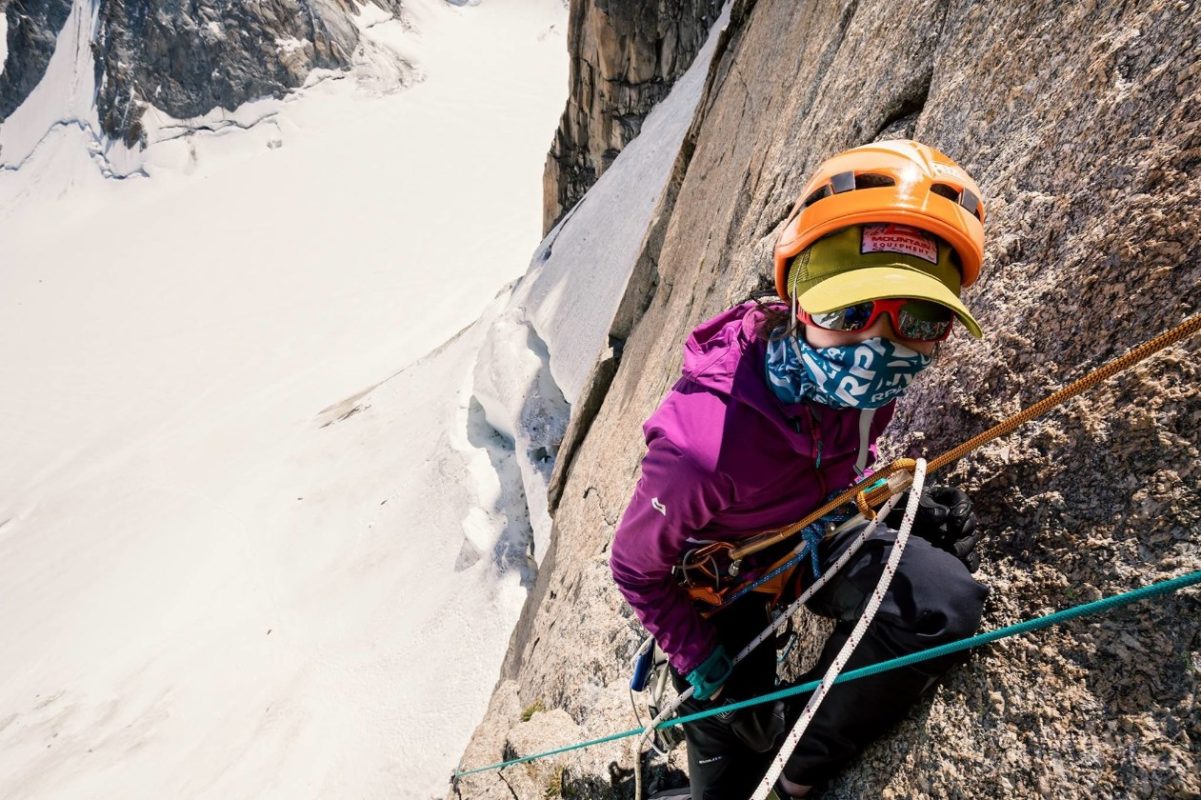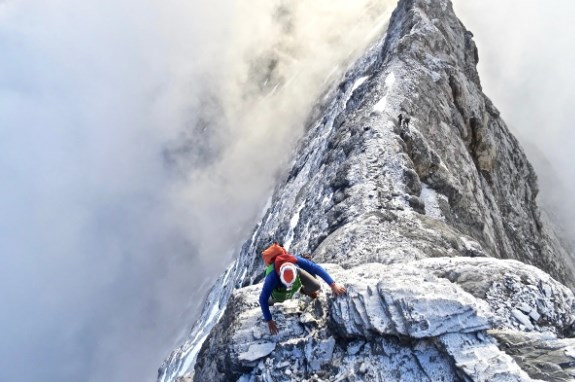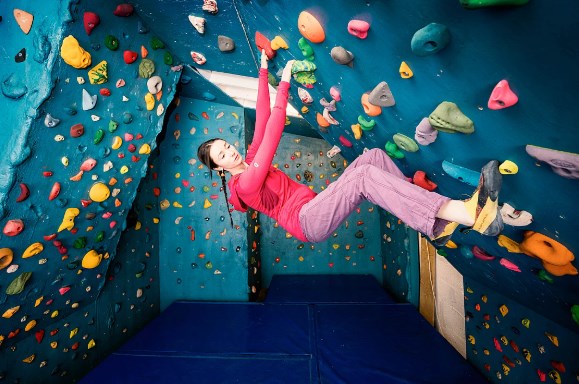Outdoor Activity Safety and General Knowledge Training
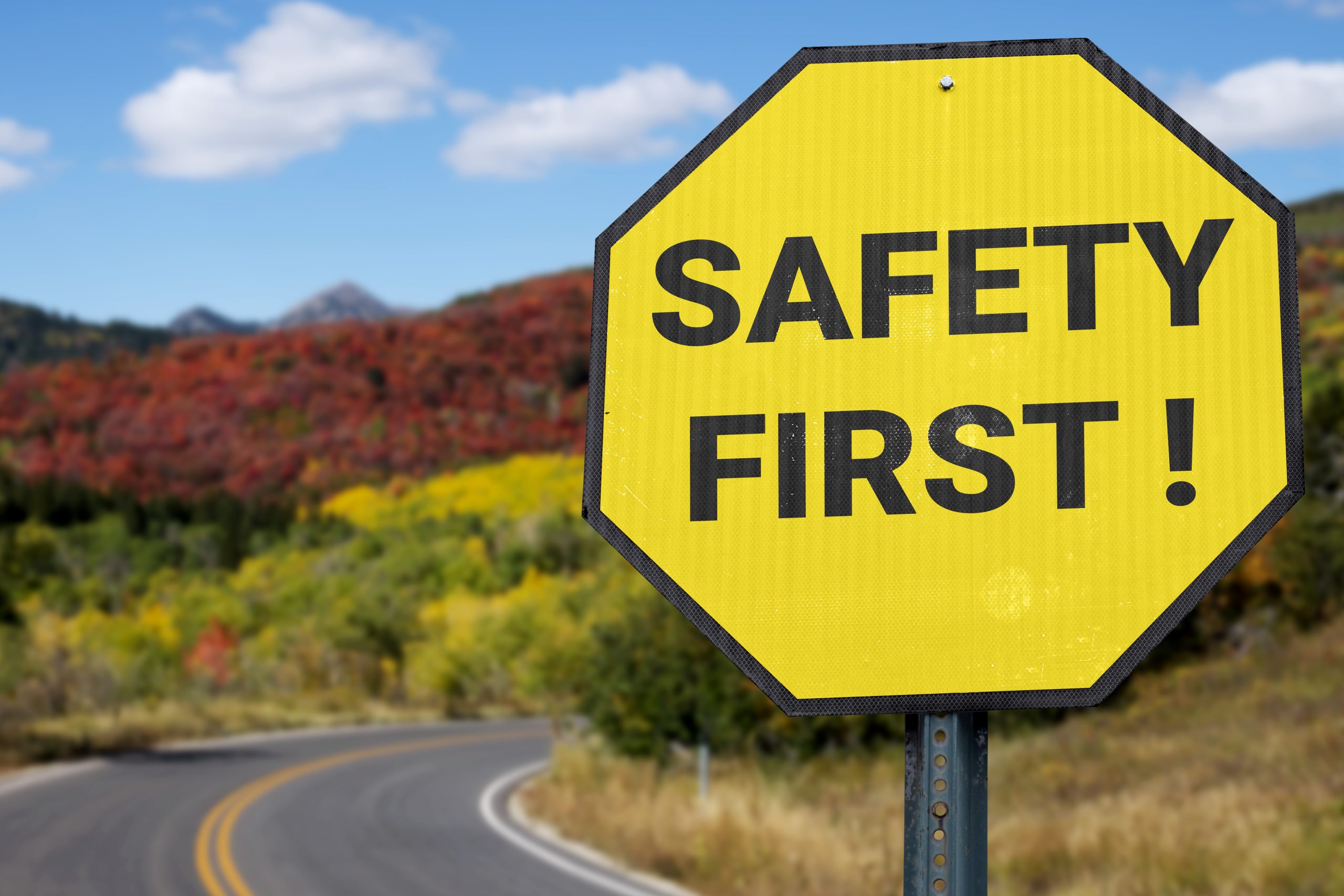
I. Camping Safety Precautions:
- Set up tents on hard, flat ground whenever possible. Avoid camping on riverbanks or dry riverbeds.
- Position the tent entrance away from the wind and keep the tent clear of slopes with falling rocks.
- Dig a drainage ditch directly below the tent’s edge to prevent flooding during rain.
- Secure all four corners of the tent with large rocks.
- Maintain ventilation inside the tent. Exercise caution to prevent fires when cooking inside.
- Before sleeping, ensure all flames are extinguished and the tent is firmly anchored.
- Close the inner tent zipper completely before bedtime to keep insects out.
- Ideally, orient the tent to face south or southeast for morning sunlight. Avoid setting up camps on ridges or hilltops.
- Choose a slightly concave area for the campsite, not adjacent to streams, to avoid excessive cold at night.
- Select campsites with good drainage, such as sandy soil, grassy areas, or rocky terrain.
II. Tips for Handling Rainy Conditions
- Keep maps in easily accessible locations (e.g., raincoat pockets or backpack top compartments) and waterproof them.
- If wearing glasses, put on a baseball cap with a protruding brim under your rain hood to improve visibility.
- Put on rain gear immediately when it starts raining—do not wait until you are soaked. Two-piece rain suits are recommended, and suspenders can prevent rain pants from slipping.
- Always store rain gear in easily reachable places, such as side pockets, top compartments, or the top of the main backpack.
- Use short gaiters to prevent rainwater from entering hiking boots through pant legs.
- Protect notebooks in resealable plastic bags for waterproofing during rainy documentation.
- Remember: Skin exposed to wet cold loses heat faster than skin covered by damp fabric.
- Regardless of a backpack’s claimed waterproofing, always use an external waterproof cover.
- Pack clothing, sleeping bags, and other items inside waterproof bags or plastic liners.
- Use hard-shell containers to store fragile, moisture-sensitive items like food, medicine, film, or matches.
III. River Crossing Knowledge
Rivers are common obstacles in outdoor activities. Some are calm and shallow, while others are swift and hazardous. How should you cross safely?
First, thoroughly scout the river to assess its depth, current speed, and bottom structure. Choose a crossing point with shallow water, slow flow, and no hidden rocks, undercurrents, or whirlpools.
- Avoid unprotected crossings if the water is deeper than waist height or the current exceeds 4 meters per second.
- Wear shoes while wading to protect against sharp rocks and improve balance. Remove shoes/socks if the riverbed is muddy.
- In mountainous rivers (cold, fast-flowing, uneven), use poles, tent poles, or branches for support upstream.
- Secure a safety rope around your waist. If swept away, this can prevent danger.
- For group crossings, set a rope over rocks or trees on both sides of the river. Cross while holding the rope or attaching a harness via carabiner.
- Groups of 2–4 should link arms, with stronger members upstream, and move together.
- In winter, remove thick clothing before crossing icy rivers and redress immediately after to avoid hypothermia.
- For large rivers, consider building rafts, log floats, or improvised life jackets instead of crossing directly.
- Cross glacial rivers in the morning when water levels are lowest due to reduced overnight melting.
IV. Safety Protection in Outdoor Activities
Steep slopes, cliffs, rapids, crevasses, and other challenging terrain require basic self-protection and teamwork skills.
- Always carry an 8mm+ nylon rope—it can save lives during critical moments.
- Protector Safety First: Anchors (trees, rocks) must be secure. Use sitting or standing belay stances.
- Belay Types:
- Top-rope belay: The rope runs through an anchor above the climber, with the belayer below or at the top.
- Bottom belay: The rope passes through a lower anchor.
- Team Roping: Groups of 3–4 connect via a 40–50m rope for mutual protection in hazardous areas. Ensure at least two experienced members per team; inexperienced groups risk accidents.
- Rock Climbing: Experienced climbers may use bottom belay (placing gear as they ascend). Novices should use top-rope belay for safety.
